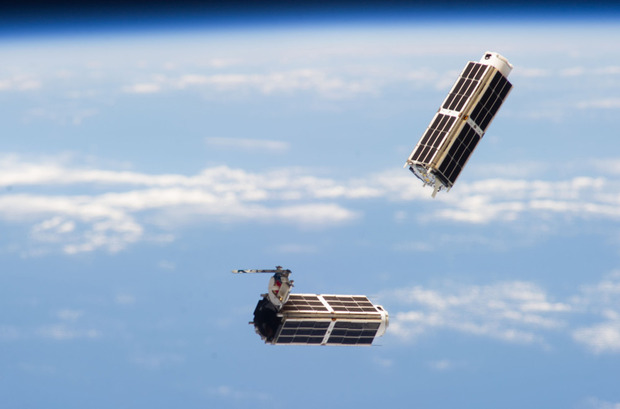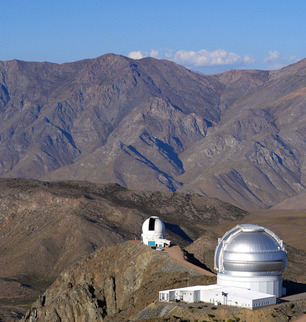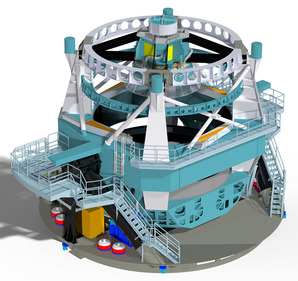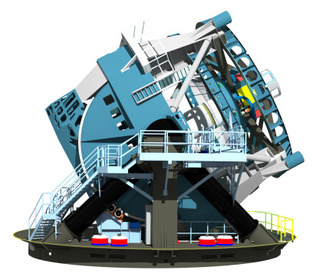TED 2014: Earth and Space
A closer look at Planet Labs’ earth mapping project and the Large Synoptic Sky Survey

In years past, the topic of space has remained a constant theme at TED conferences, and at last week’s 30th anniversary series of talks in Vancouver, BC, the expansive and always awe-inspiring topic remained on the table. While much talk has centered around a certain legendary singing Canadian astronaut, we also learned about two new imaging projects that will give both the general public and the greater science community a more comprehensive view of our own planet and distant space. Looking from the sky to the ground was Will Marshall and Planet Labs, whose small, low-orbit satellite array aims to deliver a complete picture of the entire planet’s surface every 24 hours. Conversely, Andrew Connolly’s Large Synoptic Survey Telescope looks outward towards distant galaxies, promising to take us further into space than ever before.

Will Marshall, Planet Labs
Formerly a NASA scientist, Marshall realized there must be a faster and cheaper way to capture images of the earth’s surface. His solution came in the form of a small, four-kilogram satellite, hardly larger than a shoe box. These “Doves”—as they’re called—offer more imaging power than conventional satellites weighing around three tons.

With a goal of “using satellites to help humanity,” Marshall and Planet Labs plan to launch an array of 100 Doves with the aim of delivering a comprehensive image of the entire Earth’s surface every 24 hours. Flock 1 (consisting of 28 Doves) was launched into orbit on 11 February 2014, and just came online to deliver their first set of images last week. To respect privacy and prevent conspiracy theorists from jumping to blanket surveillance-based theories, Dove imaging technology is limited to a three-meter resolution—offering plenty of detail to track weather, urban development or even a missing plane, but not enough to identify individual people.


Andrew Connolly, Large Synoptic Sky Survey
Currently under construction in Chile, the 8.4-meter Large Synoptic Survey Telescope (LSST) is a 3.2 billion pixel (3,200 megapixel) imaging device with the power to probe deeper into the mysteries of Dark Matter and Dark Energy, as well as further map the greater unknown as a whole. To reach this far into the unknown and record what it sees, the LSST is equipped with the world’s largest digital camera, capable of capturing images that cover 49 times the area of the Moon in a single exposure. Leading a data management group at the University of Washington for the Large Synoptic Sky Survey is Andrew Connolly, who previously led development of Google Sky and currently works on the development of software and simulation programs to be used in analyzing and predicting the LSST’s resulting data.


To share the astounding wealth of imagery, the largest public data set has been amassed, making the social application of the LSST nearly as impressive as the telescope’s reach itself. Through this, any individual with interest (and a computer) around the world will be free to explore the universe at an astounding pace, observing objects a hundred million times fainter than the human eye could over observe on its own.
Images courtesy of NASA, Planet Labs and LSST respectively












